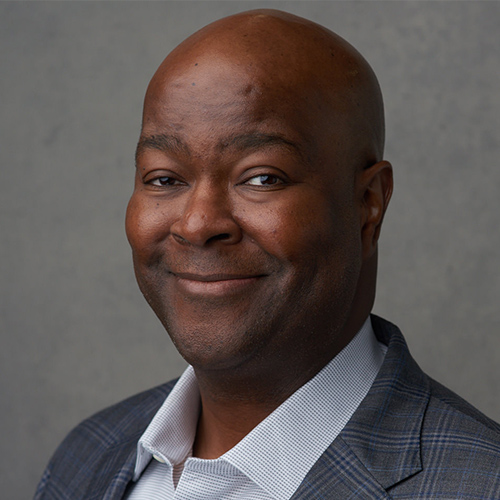2 minutes
Four steps to successful talent development for directors
In 2010, the National Credit Union Administration made explicit that credit union directors must be able to show that they understand their credit union’s financials. Now NCUA has a proposal to not only require federal credit unions to have a board-level succession plan, but also to show that their directors understand those plans.
And those are just the regulatory requirements.
In practice, boards need to be prepared to envision and oversee their credit union’s response to a host of complex issues from cryptocurrency to diversity, equity, and inclusion to inflation to Gen Z.
Creating and executing individual development plans for your board is a great way to help your directors rise to the occasion. But doing so works best as part of an overall talent development culture.
Four Steps to Successful Talent Development
Since CUES is 100% focused on talent development, I spend a lot of time thinking about how staff and director leaders can best learn in ways that ultimately benefit credit unions and the members they serve. CUES offers a free individual development plan for download and encourages credit unions to use it in the context of four steps: plan, discuss, act and lead.
Let me explain more fully.
- Plan. In the first step, each director should work with the board chair (or the chair of the board development committee, if you have one) to create an individual development plan. IDP best practices include setting goals, identifying worthwhile actions to take, establishing timelines, setting expectations and, of course, discussing and updating your plans at regular intervals.
- Discuss. It’s important for each director to have conversations about their development with the board chair or the board development committee chair. Talking about development at regular intervals is key—and the conversations can include sharing experiences with learning efforts taken, celebrating successes, reviewing challenges and identifying new learning opportunities.
- Act. It’s also important for each director to be actively involved in their own learning and growth. It’s insufficient for the board chair or board development committee chair to write IDPs for each board member and stop there. Directors will learn more when they are engaged in creating their own plans and tasked with looking for learning opportunities for themselves and other directors.
- Lead. Ideally, this experience with their own development will assist directors in thinking about their leadership of talent development for the full board as well as for the organization overall. Notably, the four steps I’m outlining here for board members also can boost the learning of staff members at all levels.
Here’s hoping your directors are spending time this summer creating or updating their individual development plans. They’ll find lots of support for their learning efforts in CUES Membership and our ongoing director-focused learning programs.
Since joining CUES in March 2013, John Pembroke has played a leadership role in developing and launching a new direction in CUES’ strategy, branding and culture. Under his guidance, CUES has revamped its membership structure and launched new institutes. Additionally, CUES has expanded its market further into Canada and the Caribbean. Pembroke’s experience includes 25 years in financial services, marketing and e-commerce. He also has served as chief marketing officer at PSCU Financial Services, St. Petersburg, Florida. Pembroke holds a B.S. in Economics from the Wharton School of Business of the University of Pennsylvania and an MBA in Marketing and Policy Studies from the Booth School of Business of the University of Chicago.






